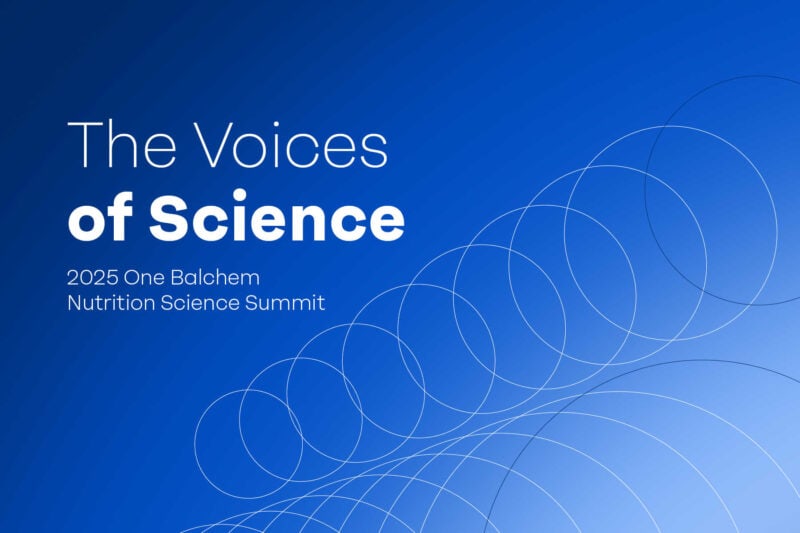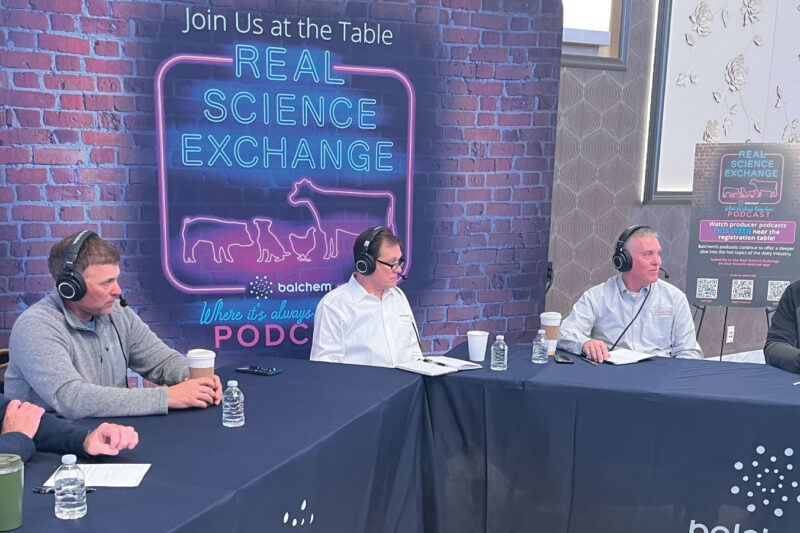We’re thrilled to announce that Feed & Additive Magazine has published a new article authored by Kari Estes, M.S., Research Manager at Balchem Animal Nutrition and Health. The piece, titled “Not All Encapsulated Nutrients Are Created Equal,” takes an in-depth look at the science behind encapsulation technologies and how they influence nutrient delivery and overall cow performance.
Encapsulation is a critical innovation in modern animal nutrition, offering consistent, reliable, and cost-effective alternatives to traditional feedstuffs. However, not all encapsulation methods deliver the same results. Kari’s article highlights why understanding these differences is essential for nutritionists, veterinarians, and producers who aim to optimize feed formulations and improve herd productivity.
The article explores several key areas, including:
✅ Encapsulation technologies explained – What sets true encapsulation apart from matrix encapsulation?
✅ Performance factors that matter – Durability, rumen protection, and controlled intestinal release.
✅ Research-driven insights – Findings from in situ, in vitro, and in vivo studies that validate performance claims.
✅ Practical evaluation tips – How to assess product efficacy and cost-effectiveness before making purchasing decisions.
By breaking down complex science into actionable insights, Kari provides readers with tools to make informed choices that can significantly impact animal health and farm profitability. This is a must-read for anyone involved in dairy nutrition or feed formulation who wants to stay ahead of the curve in applying advanced technologies to real-world challenges.
Check out the full article in Feed & Additive Magazine and discover why not all encapsulated nutrients are created equal—and how choosing the right technology can make all the difference.



